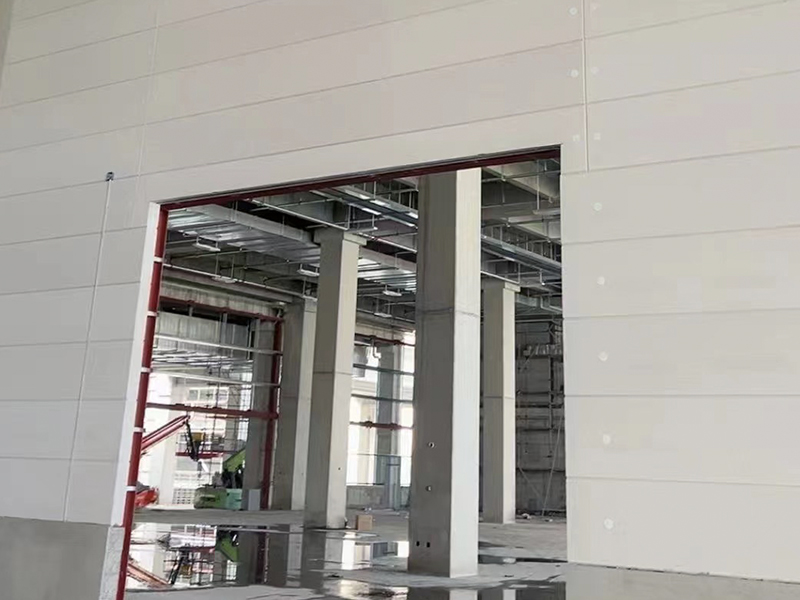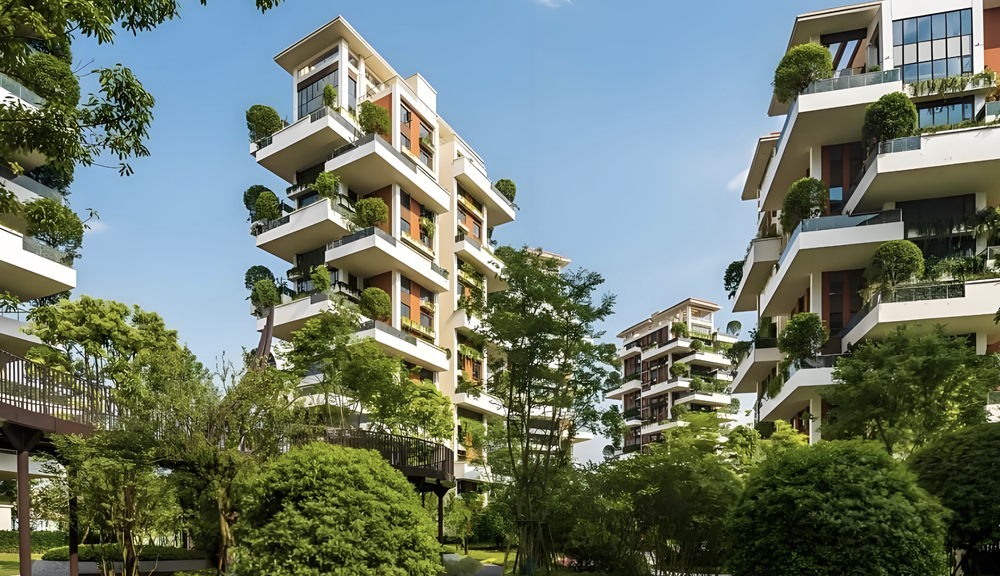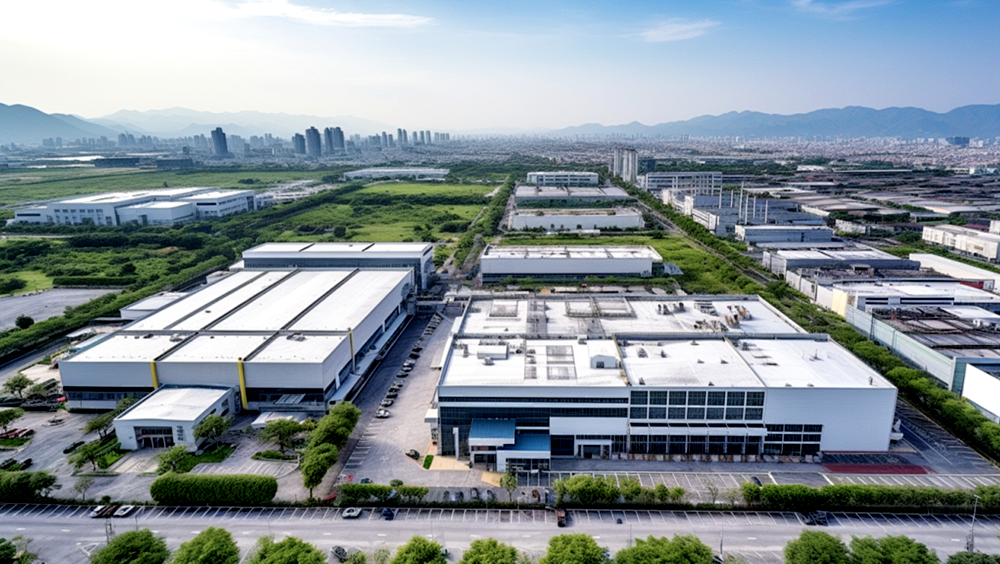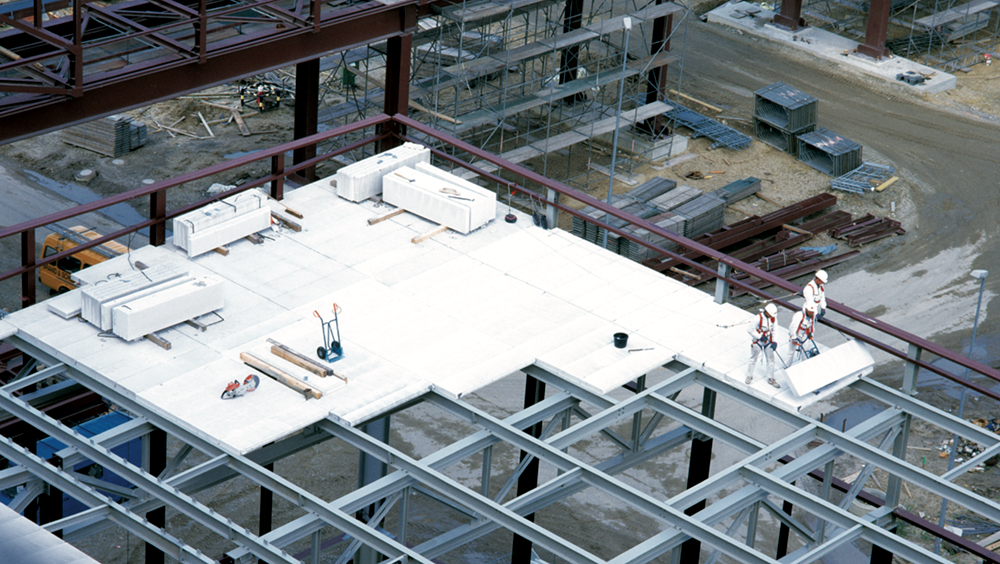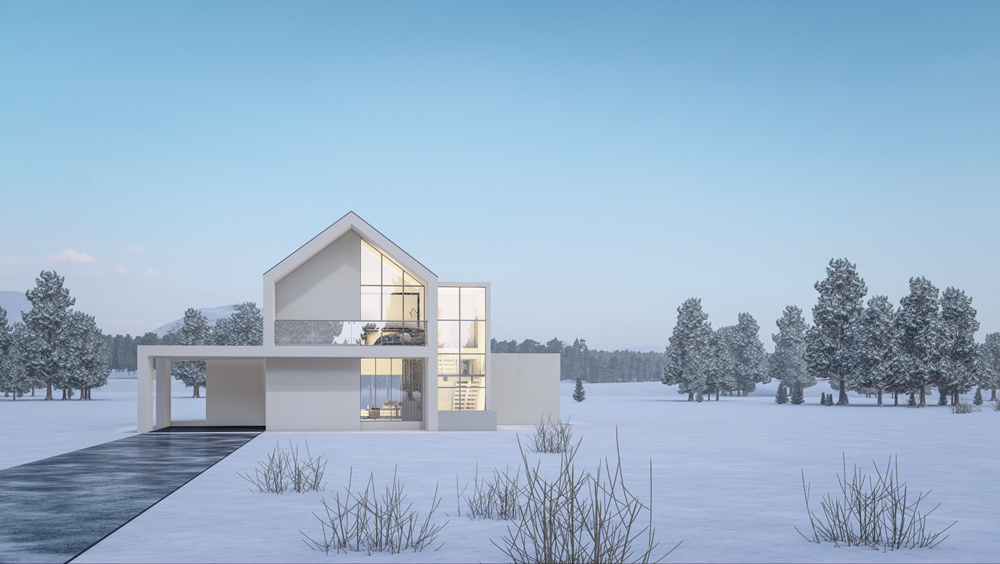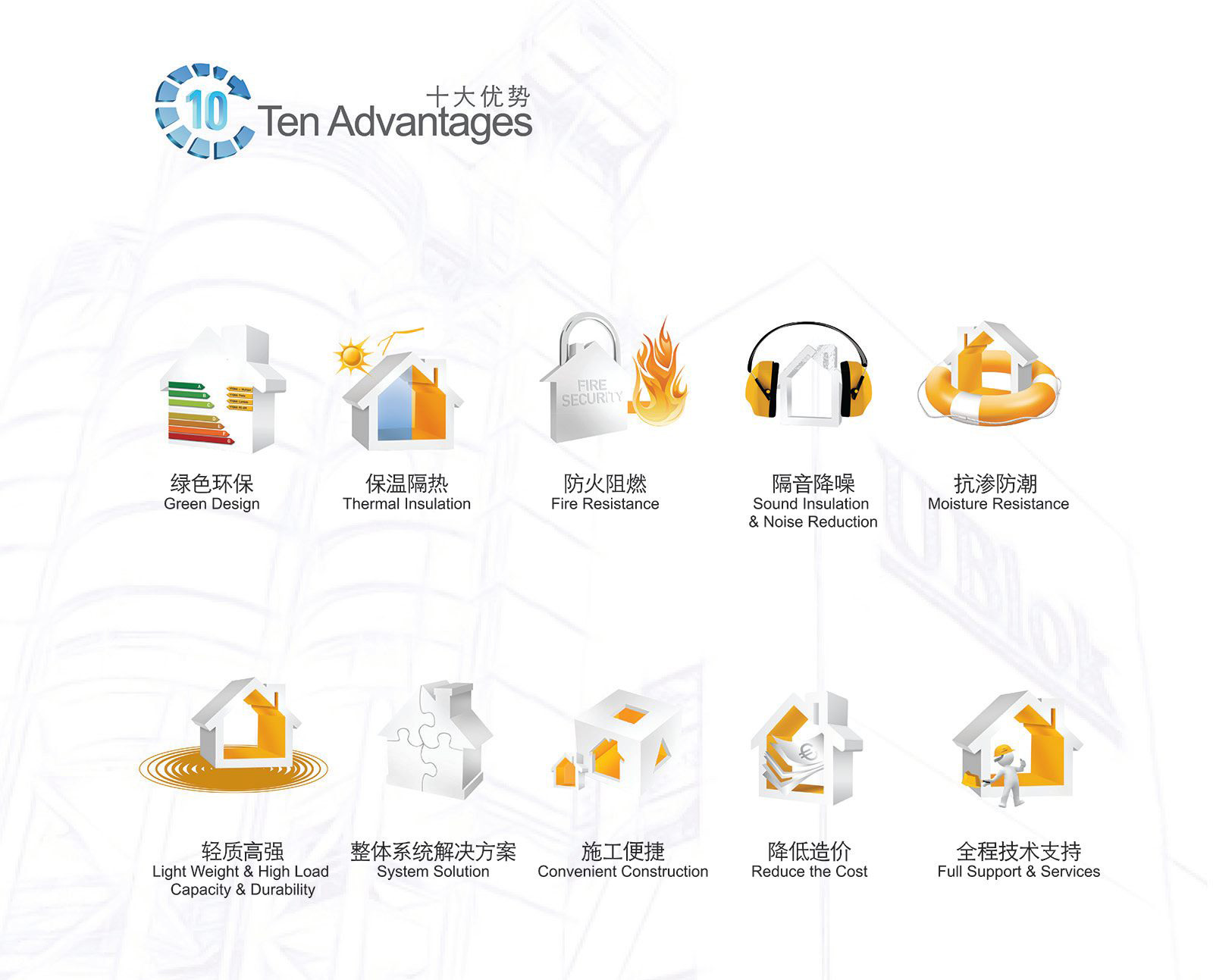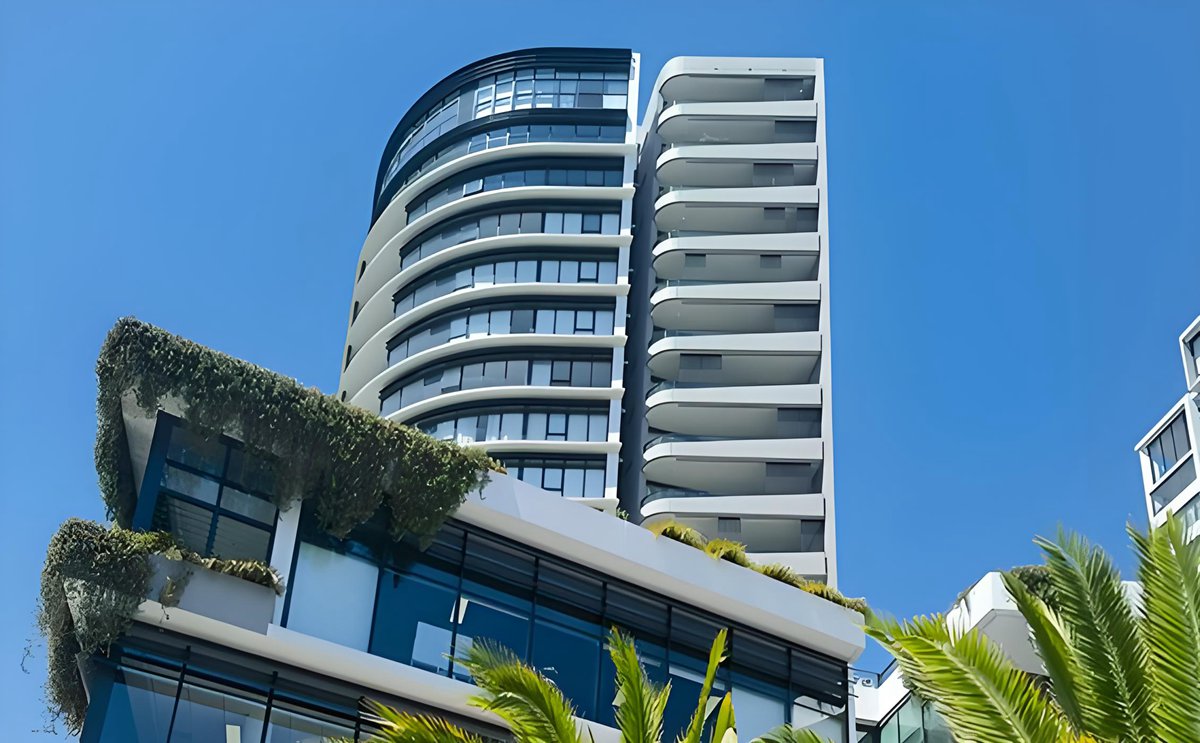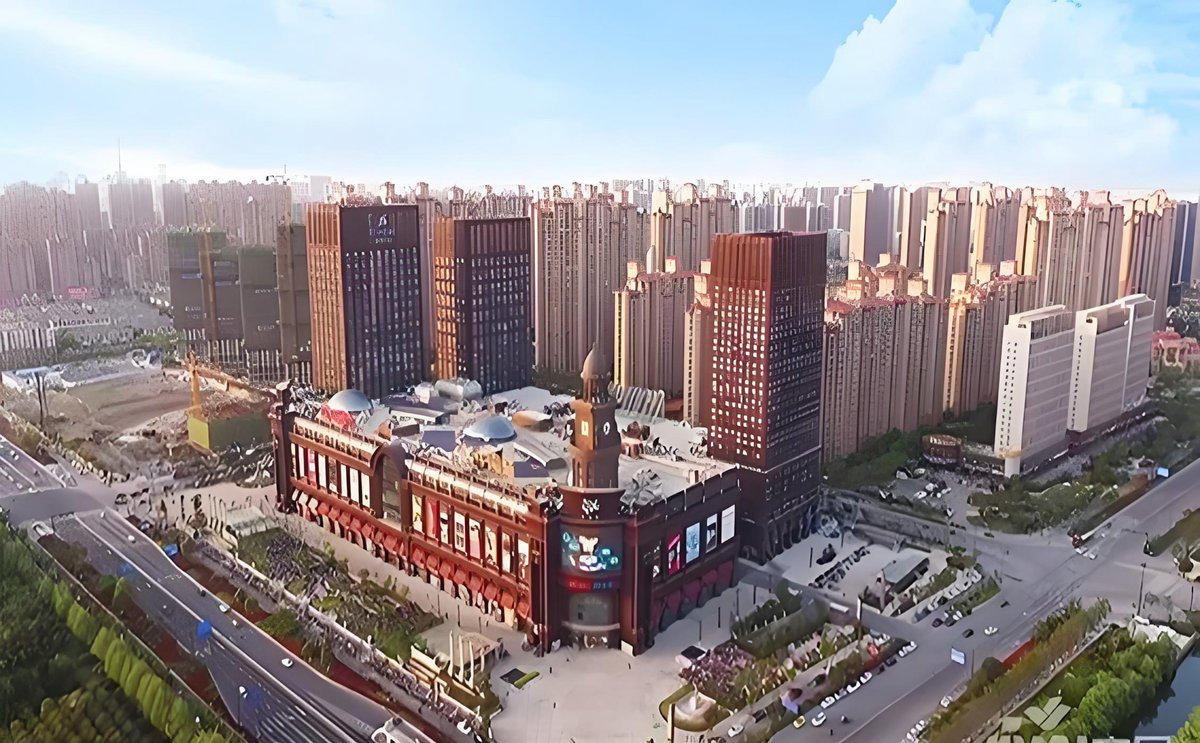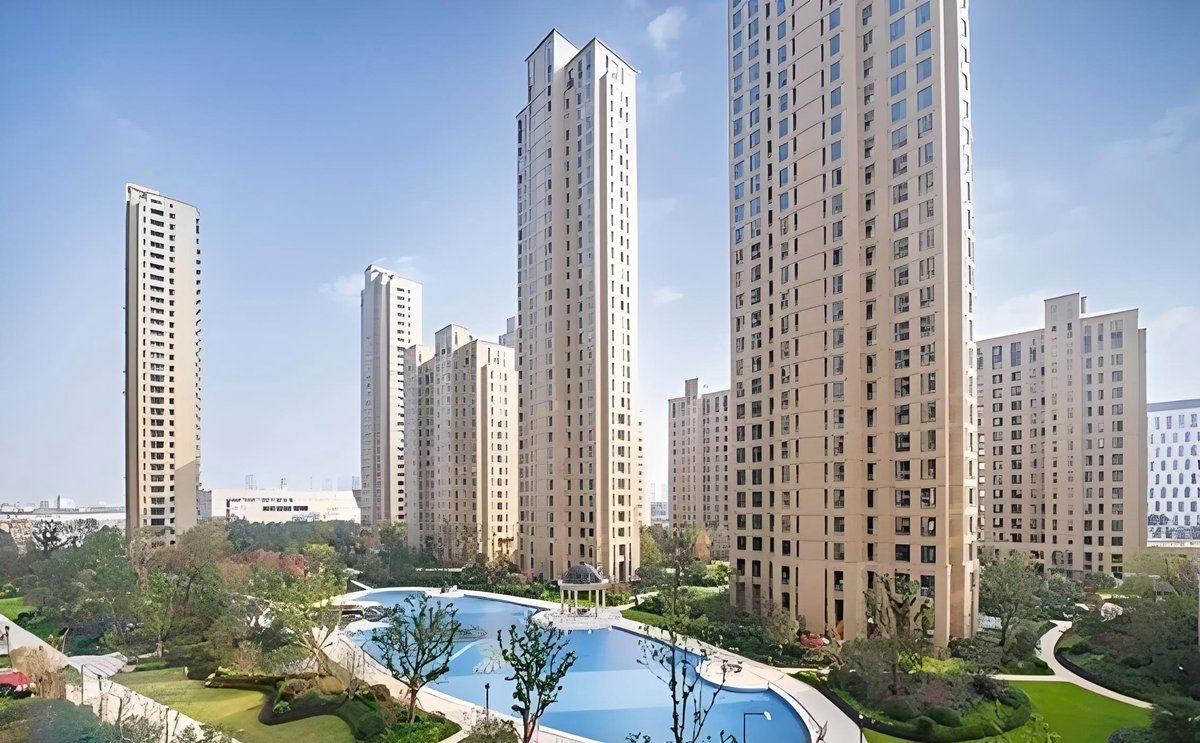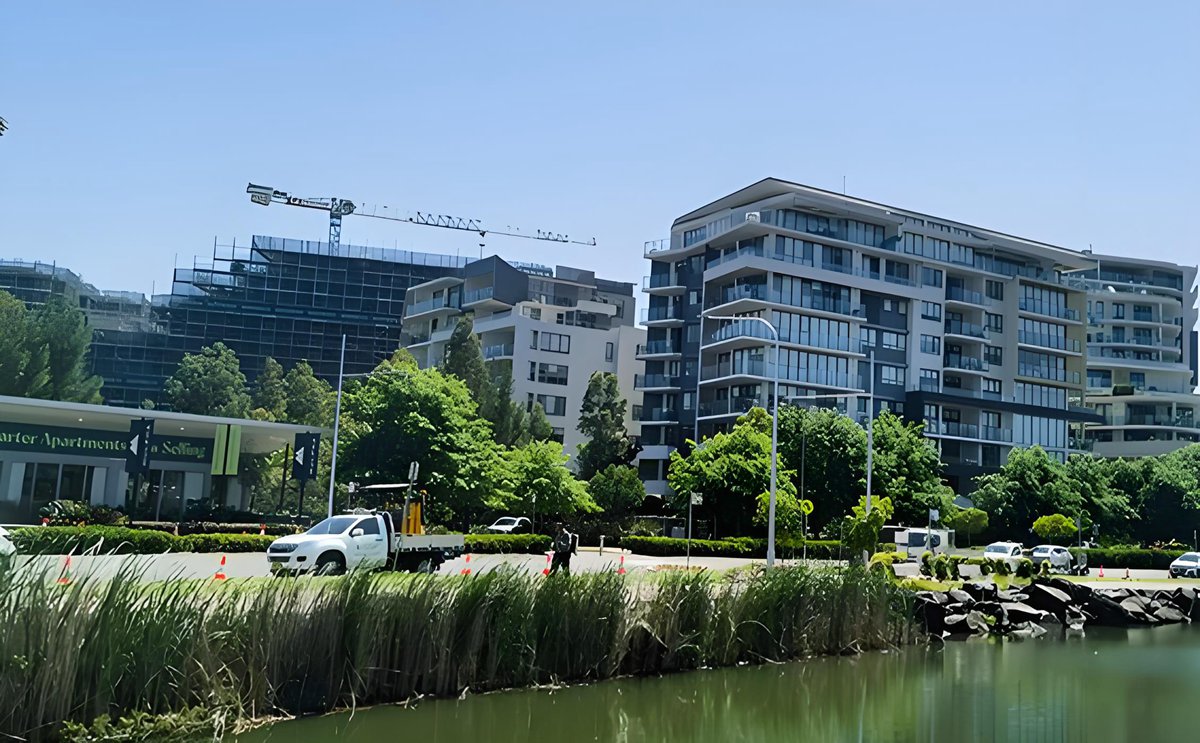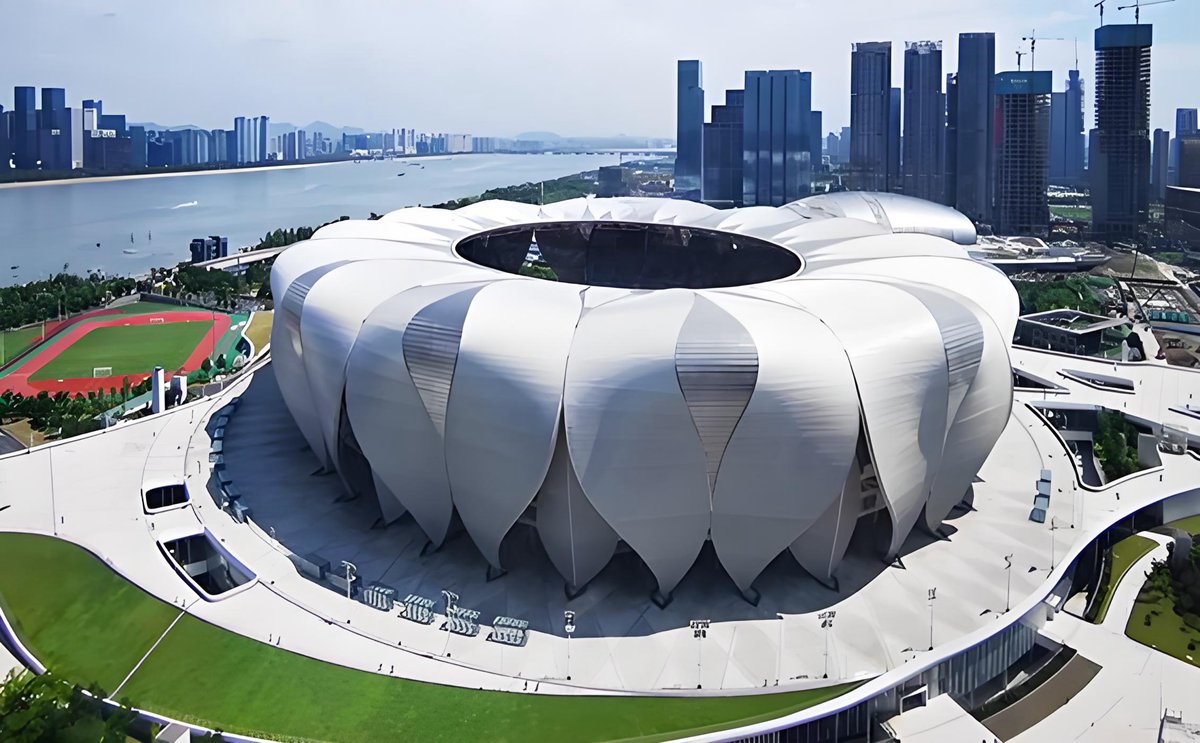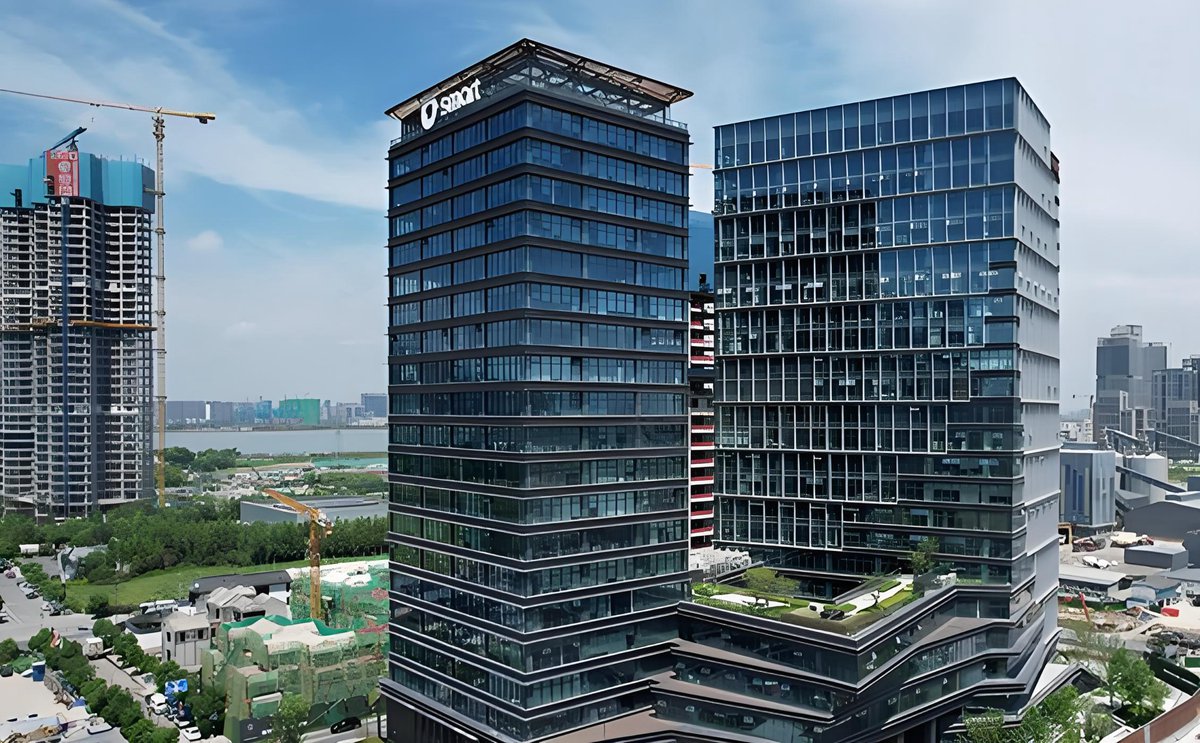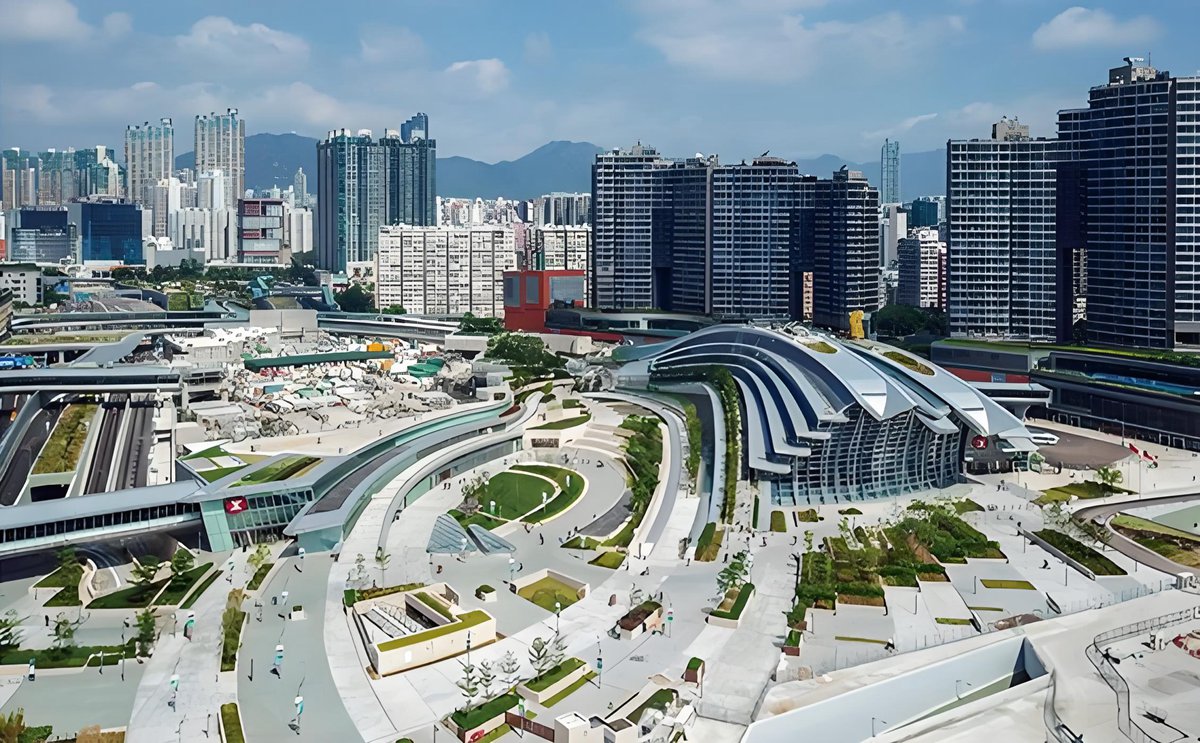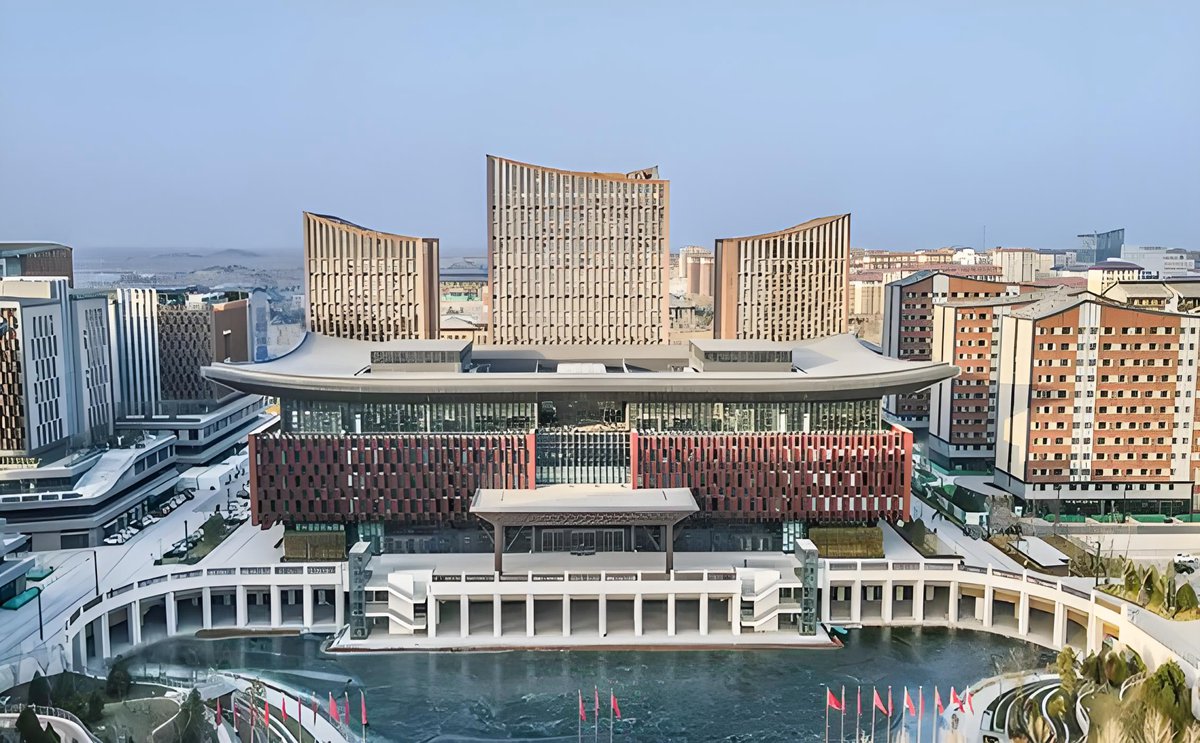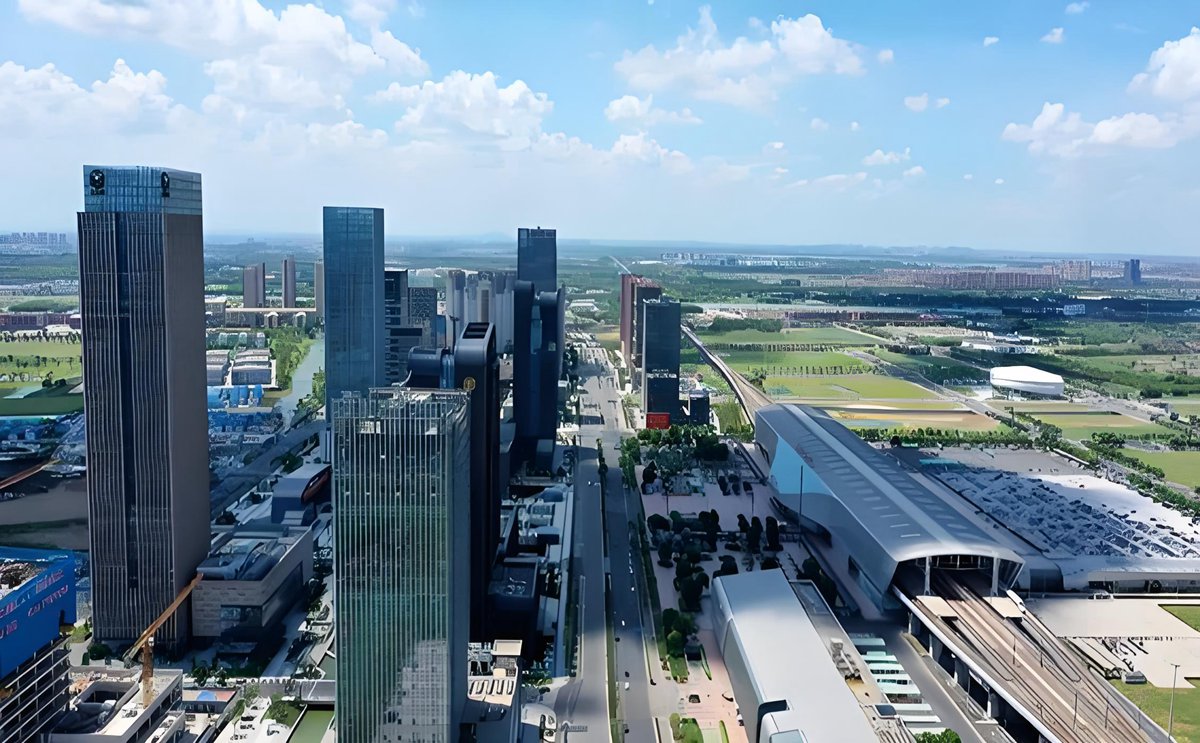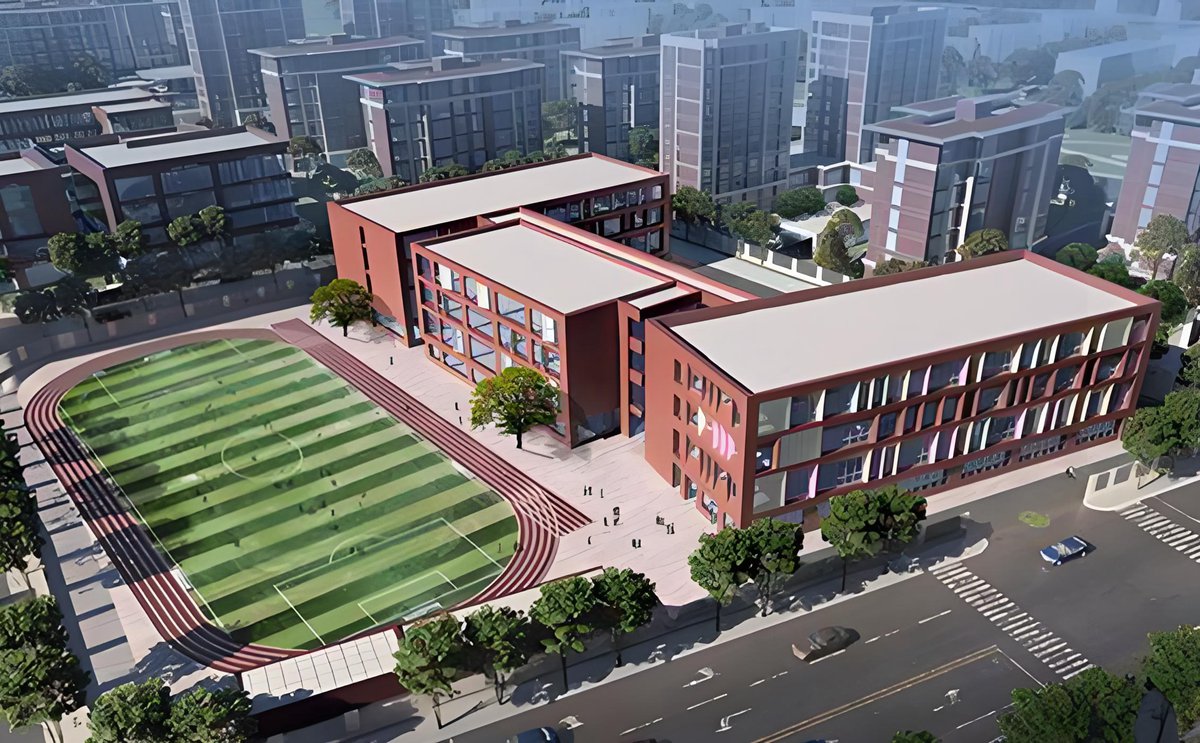Public buildings: meeting functional and safety needs
1.Hospital Buildings
Interior walls and partitions: ALC panels are used as partitions in wards and operating rooms, leveraging their non-combustibility and non-radiation properties to ensure the safety of medical environments. The wall surfaces are treated with matching antibacterial plastering mortar to reduce bacterial growth; flexible bonding mortar is used for panel joints to adapt to minor building settlements and avoid cracking that could affect cleanliness.
Corridors and passageways: Walls built with AAC blocks use high-strength masonry mortar, combined with wear-resistant plastering mortar (compressive strength ≥ M10) to enhance the wall's impact resistance, adapting to crowded scenarios.
2. School Buildings
Partitions for classrooms and laboratories: AAC panels are used as partitions, meeting the requirements for sound insulation (to avoid classroom interference) and fire resistance (with a fire resistance rating ≥ 4 hours in case of fire). They shorten the construction period; the wall surfaces use easily grindable plastering mortar, facilitating subsequent graffiti removal and renovation.
Stairwells and evacuation passages: Fire walls built with AAC blocks are constructed using special masonry mortar.
3. Commercial Buildings (shopping malls, hotels)
Large-span partition walls: AAC panels are used for shop partitions in shopping malls (generally with a span ≤ 4.5m). Their light weight (approximately 500kg/m³) can reduce structural load. The wall surfaces use decorative plastering mortar (tintable) directly as the finishing base, reducing decoration procedures.
Inner lining walls behind exterior curtain walls: AAC panels serve as the inner lining walls behind curtain walls. A waterproof layer is installed on the outer side, and drainage measures are set at the bottom between the curtain wall and the inner lining wall to prevent rainwater infiltration into the gap between them.
